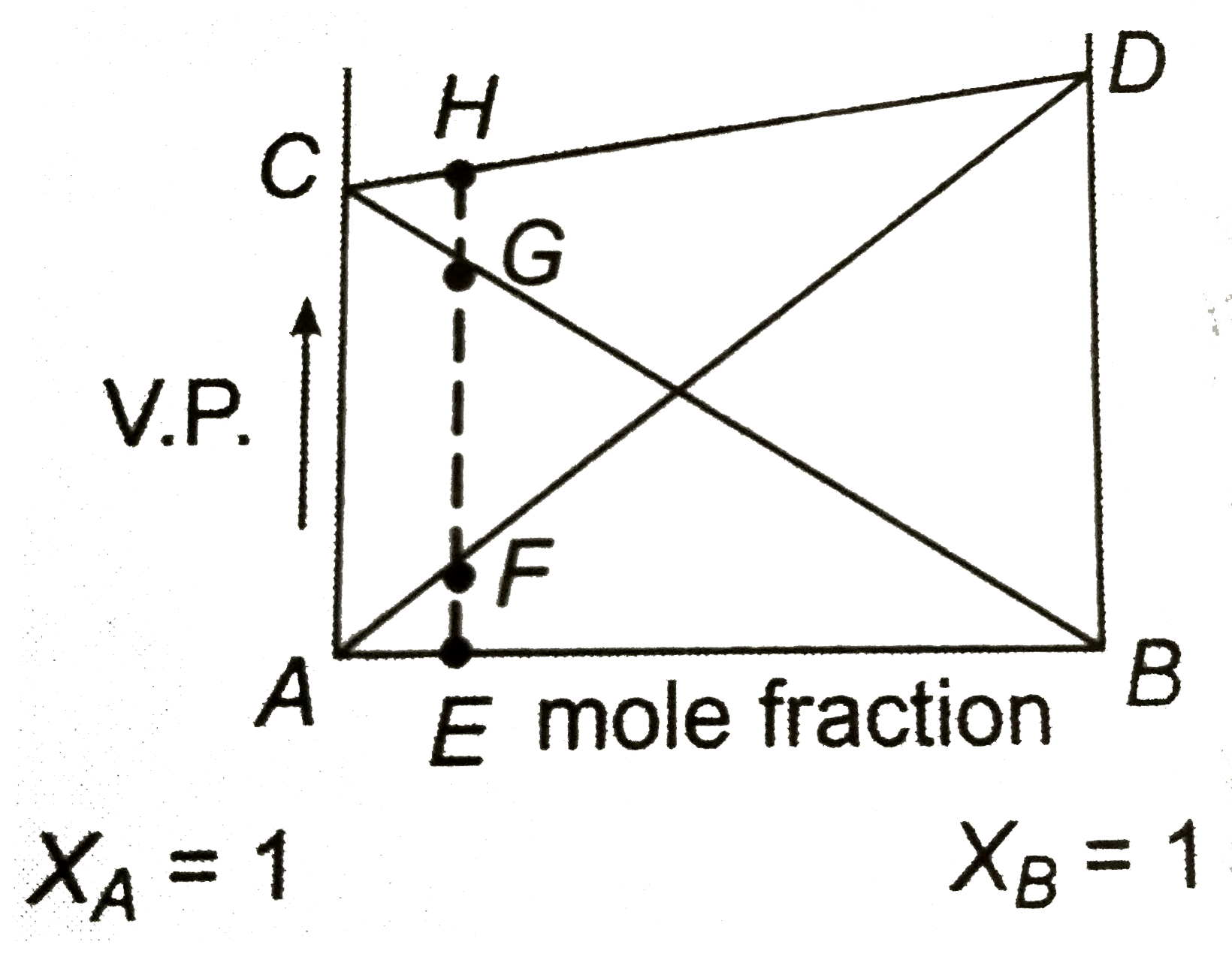DALTON'S LAW OF PARTIAL PRESSURE
Step-by-Step Solution for Dalton's Law of Partial Pressure
1. Understanding the Concept: Dalton's Law of Partial Pressure pertains to a mixture of gases that do not react with each other. It states that the total pressure exerted by the mixture is equal to the sum of the partial pressures of each individual gas in the mixture.
2. Defining Total Pressure: The total pressure (P_total) of a gas mixture can be represented as:
Ptotal=PA+PB+PC+PD+…
where PA,PB,PC, and PD are the partial pressures of gases A, B, C, and D, respectively.
3. Illustration: Imagine a container filled with a mixture of non-reacting gases, such as gas A, gas B, gas C, and gas D. Each gas exerts its own pressure within the container.
4. Calculating Partial Pressures: Each gas contributes to the total pressure independently. The partial pressure of a gas is defined as the pressure it would exert if it occupied the entire volume of the container alone at the same temperature.
5. Conclusion: Therefore, according to Dalton's Law, the total pressure in a system of non-reacting gases is simply the sum of the individual pressures exerted by each gas.
Ptotal=PA+PB+PC+PD+…
where PA,PB,PC, and PD are the partial pressures of gases A, B, C, and D, respectively.
Similar Questions
Based on the given diagram, which of the following statements regarding the homogenous solution of two volatile liquids are correct? (1) Plots AD and BC show that Raoult's law is obeyed for the solution in which B is a solvent and A is the solute and as well as for that in which A is solvent and B is solute. (2) Plot CD shows that Dalton's law of partial pressures is obeyed by the binary solution of components A and B. (3) EF + EG = EH; and AC and BD correspond to the vapour pressure of the pure solvents A and B respectively.
 View Solution
View SolutionCombination that do not obeys Dalton's law:
A = CO
B=Cl2
C=F2
D =XeView SolutionSTATEMENT-1 : Henry's law and Raoult's law are not independent, i.e., one can be derived from the other
and
STATEMENT-2 : The partial pressure is directly proportional to the mole fraction of concerned species for ideal solutions.View SolutionOut of three states of matter, only the gases have most of the physical properties common. They have neither definite shapes nor definite volume. In addition to this, the gases obey different gas laws such as Boyles's law. Charles law, Dalton's law of partial pressures etc. Based upon these gas laws, ideal gas equation PV=nRT has been derived.
Answer the following questions on the basis of above paragraph.
(i) what is Dalton's law of partial pressures ?
(ii) Derive ideal gas equation on the basis of all gas laws.View SolutionOut of the three states of matter, only the gases have most of the physical properties common. They neither have definite shapes nor volumes. Upon mixing they form homogeneous mixture irrespective of their nature and can also be compressed on applying pressure. In addition to these, the gases obey different gas laws such as Boyle's Law, Charles's Law, Dalton's Law of partial pressures, Graham's Law of diffusion etc. Based upon these laws, ideal gas equation PV=nRT has been derived.
Same mass of CH4 and H2 at taken in a container. The partial pressure caused by H2 isView SolutionOut of the three states of matter, only the gases have most of the physical properties common. They neither have definite shapes nor volumes. Upon mixing they form homogeneous mixture irrespective of their nature and can also be compressed on applying pressure. In addition to these, the gases obey different gas laws such as boyle's Law, Charles's Law, Dalton's Law of partial pressures, Graham's Law of diffusion etc. Based upon these laws, ideal gas equation PV=nRT has been derived.
When the product of pressure and volume is plotted against pressure for a given amount of a gas, the obtained isView SolutionOut of the three states of matter, only the gases have most of the physical properties common. They neither have definite shapes nor volumes. Upon mixing they form homogeneous mixture irrespective of their nature and can also be compressed on applying pressure. In addition to these, the gases obey different gas laws such as Boyle's Law, Charles's Law, Dalton's Law of partial pressures, Graham's Law of diffusion etc. Based upon these laws, ideal gas equation PV=nRT has been derived.
For an ideal gas, number of moles per litre in terms of its pressure P, gas constant R and temperature T is :View SolutionOut of the three states of matter, only the gases have most of the physical properties common. They neither have definite shapes nor volumes. Upon mixing they form homogeneous mixture irrespective of their nature and can also be compressed on applying pressure. In addition to these, the gases obey different gas laws such as boyle's Law, Charles's Law, Dalton's Law of partial pressures, Graham's Law of diffusion etc. Based upon these laws, ideal gas equation PV=nRT has been derived.
4-4 g of a gas at STP occupies a volume of 2.224 L. The gas can be :View SolutionOut of the three states of matter, only the gases have most of the physical properties common. They neither have definite shapes nor volumes. Upon mixing they form homogeneous mixture irrespective of their nature and can also be compressed on applying pressure. In addition to these, the gases obey different gas laws such as Boyle's Law, Charles's Law, Dalton's Law of partial pressures, Graham's Law of diffusion etc. Based upon these laws, ideal gas equation PV=nRT has been derived.
Which pair of gaseous species diffuse through a small jet with the same rate of diffusion at same P and T ?View SolutionEasy Remember Raoult's Law | Dalton's Law | Henry's Law
View Solution

